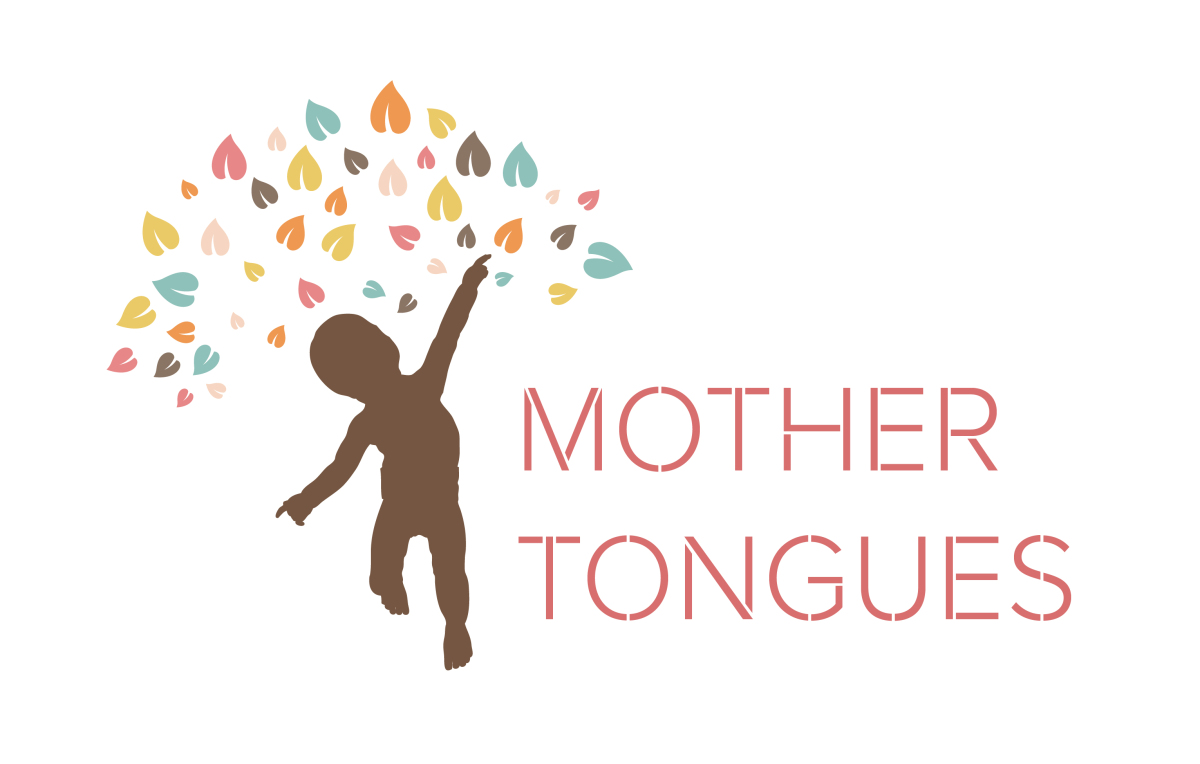Can Women Have a Midlife Crisis?
26th Jan, 2022 at 9:00AM
When we talk about midlife crisis, or when it is addressed in movies, television shows, and books, it typically involves men. We associate a midlife crisis affecting males with buying sports cars, working out, and other behaviors, but women can also struggle with midlife woes.It is important to understand that a midlife crisis is not an actual mental condition that can be diagnosed. Not only that, but not everyone encounters a period that would cause recognizable symptoms associated with a midlife crisis. If you want to know more about a midlife crisis and what you can do to make it through, you can find some great advice and resources at https://www.betterhelp.com/advice/midlife-crisis/Regardless of the legitimacy of the term, most of us can agree that a period of concern, questions, and low happiness levels between the ages of 40 and 60 is referred to by many as a midlife crisis. This can impact both men and women, but the ways that it influences behavior and change can be different.Signs of a Midlife Crisis in WomenA midlife crisis can affect anybody, but individual experiences can vary greatly from one person to the next. However, knowing some of the common signs in women can help you determine if you are struggling with a midlife crisis. Then, you can address it properly regardless of the trouble.This period in your life can cause concern about, or fear of, mortality and a strong craving for the way things used to be. You may find that you want to be young again and may ponder about some of the nostalgic experiences from your past. These feelings associated with a midlife crisis often begin abruptly and can also be a catalyst for behavioral changes.Women going through a midlife crisis may have changes in hygiene and daily routine. Sometimes it can correspond with neglect for personal care and eating habits. This can correlate with weight loss or weight gain. Changes in sleep quality can also impact a woman who is experiencing a midlife crisis.While anger and irritability are common symptoms of a midlife crisis, those aggressive symptoms may be less noticeable in women. While there is limited research, some experts believe women are more likely to show outward signs and behaviors of sadness and anxiety than signs of aggression and agitation.Mood changes often occur that may make you wonder about your life situation. Changes in relationships, careers, and hobbies are also common. You may also find that the things that you normally would enjoy do not interest you like they used to.As you can see, the symptoms for both men and women are similar, if not identical. However, the causes may differ some as well. In fact, research shows that it is not the symptoms that are wholly unique for women, but that these underlying causes and experiences are the primary factor that makes a midlife crisis a different situation for women than it is for men.What Causes a Midlife Crisis for Women?For women, one of the causes or triggers for a midlife crisis occurs physiologically. Perimenopause and menopause cause hormone changes that can contribute to symptoms commonly associated with a midlife crisis. The hormonal changes can cause changes in sleep, mood, and energy that are also signs of a midlife crisis.That is only one of the factors that contribute to a midlife crisis in females though. In addition, there are emotional features at play. Loss, grief, trauma, and other strong feelings can cause a substantial shift in identity, mood, and vision of the future. This can be a trigger for a midlife crisis. For many women, identity is composed of many factors from career to family and even experiences like empty nest syndrome, loss of fertility, or change in marital status can alter mood and be a catalyst for a midlife crisis.Sometimes women have to make changes between their hopes and their family. You may have had to ditch a career for family or change your career to be financially secure. These things can suddenly change your view of who you are and how you fit into the world. Coupled with aging, this can be a recipe for questioning about the future and reminiscing about the past.What to Do About a Midlife Crisis?A midlife crisis can be uncomfortable and distressing and, in some cases, can make it hard to stay functional and focused. You may find that your midlife troubles resolve themselves over time, but sometimes it can help to speak with a doctor.In some cases, the midlife crisis can cause more serious symptoms like depression and anxiety. If this is the case, you may also find it helpful to speak with a therapist or other mental health professional. Talking to friends can also help and they may be able to offer advice and guidance. Plus, having friends can improve women's well-being according to one study.Trying new experiences can also be beneficial. Sometimes the changes that happen naturally during middle age can cause us to feel stuck in a rut or uncertain about who we are. Trying new things can help you enjoy life and find things that keep you fulfilled. You can also focus on the things that you have accomplished in your life as well as the things that you want to do in the future.ConclusionA midlife crisis can cause women to feel out of place or harm their identity or search for meaning. Sometimes it is caused by changes in family or marriage status, but other times it is related to hormonal changes or strong emotions. Either way, it can help to address the issues with therapy, self-care, and social support.

28th Feb, 2019 at 11:53AM
Celebrating 'Art of Jazz' Event on International Jazz Day

11th Aug, 2020 at 9:11AM



